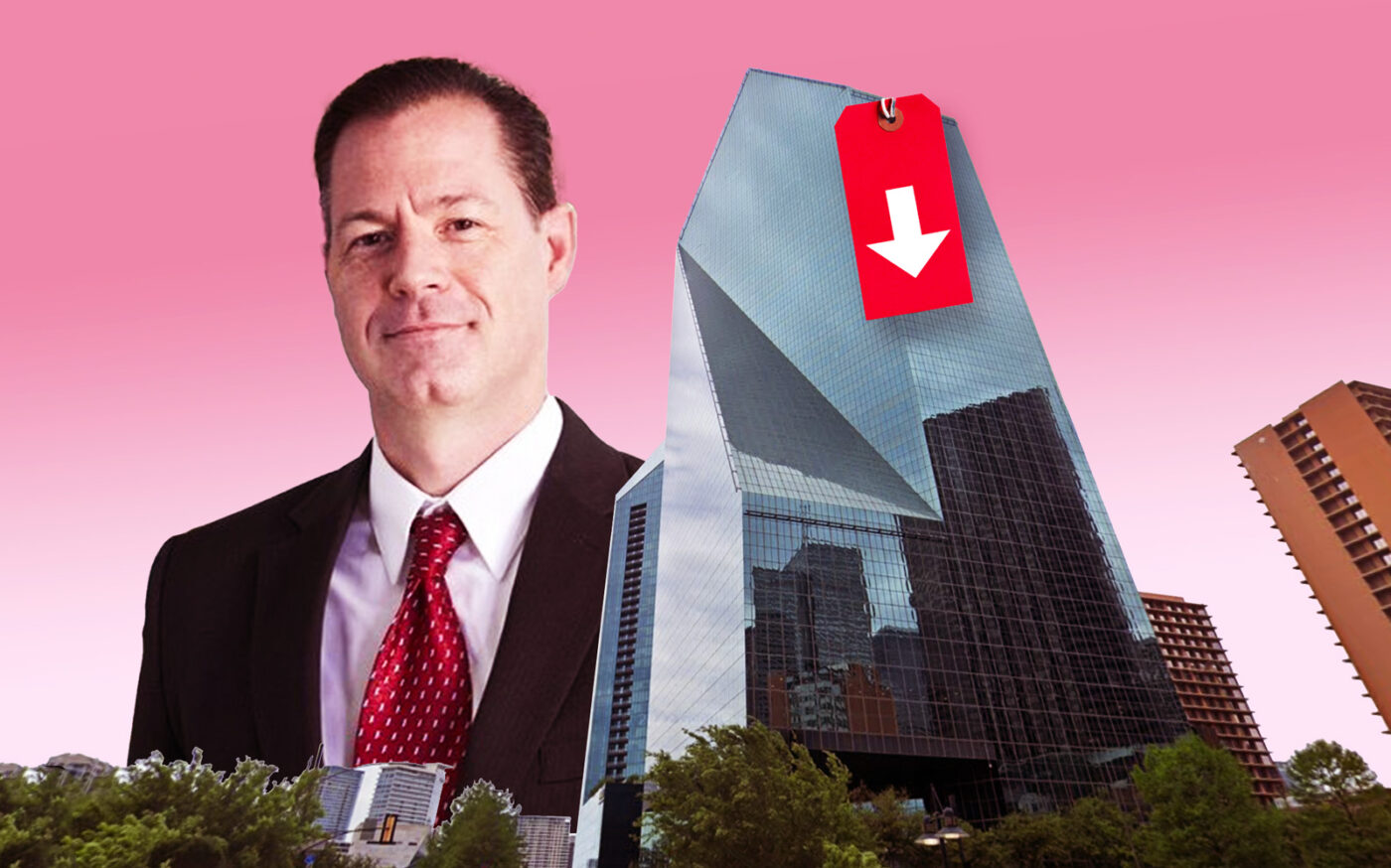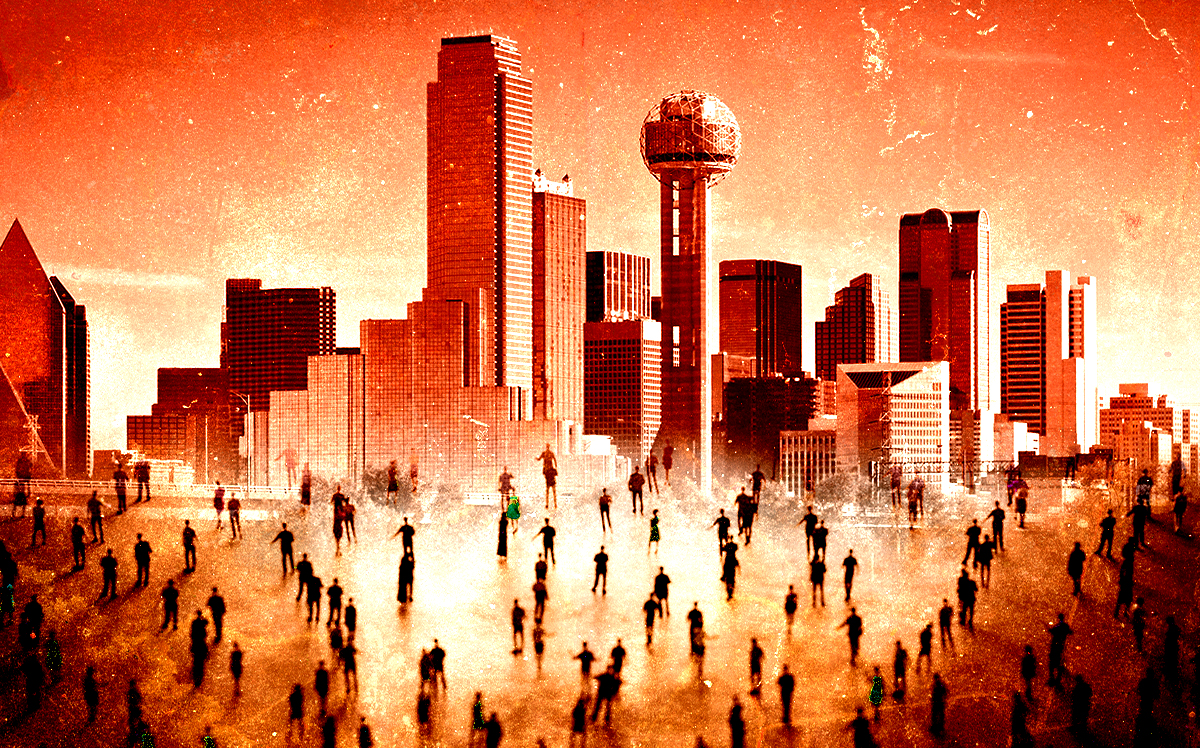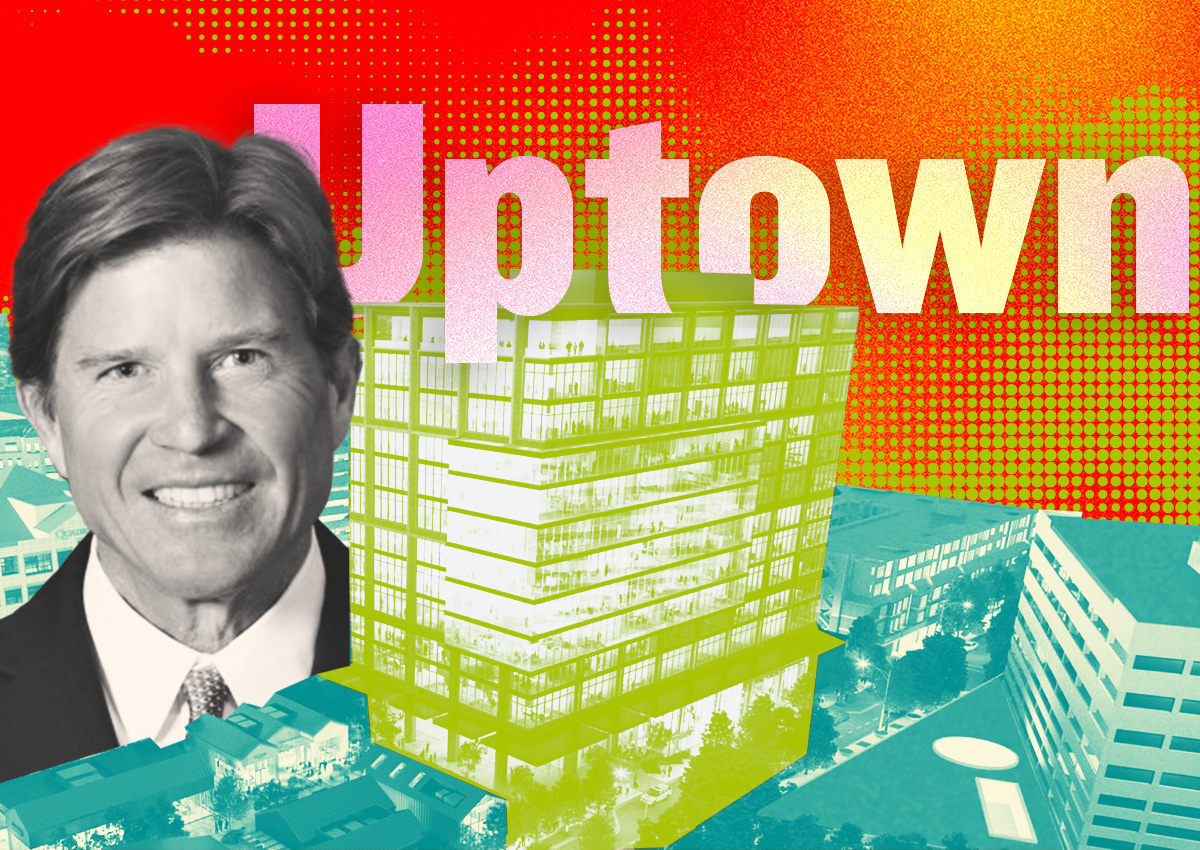 Vultures circle as distress emerges in Texas
Vultures circle as distress emerges in Texas
Trending
Feast of office subleases brings prices down in downtown Dallas
“You are going to have to almost give away the space”

Office distress is rearing its head in Dallas, and downtown is taking some of the heaviest hits.
In addition to rising vacancies across the city, tenants are scrambling to reduce their office footprints by subleasing space.
About 7.6 million square feet of sublease space is available across Dallas, said Steve Triolet, vice president of research and market forecasting for Partners Real Estate. That’s in addition to the nearly 47 million square feet of direct vacancies across the city’s 213 million square feet of total office inventory, according to JLL reports.
As a backdrop, nearly 20 percent of CMBS loans across Dallas are due in the next two years.
Major office tenants looking to sublease are prominent downtown, he said. The district has 1.2 million square feet of sublease space available on top of its roughly 8 million square feet of vacant space. In total, downtown has about 27 million square feet of the city’s office inventory.
One downtown building that’s struggling is Fountain Place, a 63-story Class A office at 1445 Ross Avenue built in the mid-’80s and owned by Goddard Investment Group, an icon of Dallas’ skyline.
Integrity Marketing Group, one of the largest tenants at Fountain Place, is looking to downsize its footprint in the building by a full floor, 19,000 square feet, Triolet said. The marketing firm signed a seven year, 5-floor lease totalling 104,000 square feet in June 2021.
The building already has one of the highest concentrations of sublease space available downtown, Triolet said. Fountain Place spans 1.3 million square feet total, of which nearly 235,000 is available for sublease, and another 755,000 square feet is vacant. That means about 1 million square feet, or 77 percent of the building, is up for grabs
“This property is in deep trouble. Because even if you have a tenant that likes the building, and you’re using a broker that’s knowledgeable … you’re going to get beat down on the sublease rate. You’re competing with other tenants putting up competing space in the same building,” he said.
“You are going to have to almost give away the space.”
The average price per square foot for a direct lease is about $30 per square foot downtown, compared to $18 per square foot in office submarkets like Las Colinas, according to JLL. When looking to sublease space, Triolet said the general rule of thumb in terms of pricing used to be about a 15 to 20 percent discount on the original price per square foot. Because of the amount of space available now, the discount could be 50 percent or more, he said.
The sublease of the sublease is another trend emerging in Dallas, where tenants in a sublease realize they don’t need all of their space and send part of it back onto the sublease market.
“There’s been examples of that in Dallas, and I think we’re going to see more,” Triolet said.
One example is accounting software company Trintech, which subleased two floors spanning 70,000 square feet in Granite Park in Plano in 2021. The firm recently put a whole floor up for sublease.
Industries like healthcare, professional services, tech and general finance are leading the market in sublease space, Triolet said. Those industries historically have had high amounts of office space but are downsizing as more companies shift to remote work.
For owners of office buildings facing distress, like Fountain Plaza, the solution isn’t as simple as selling the building to a wealthy buyer looking to pounce on distressed properties, Triolet said.
“The problem is you’re trying to catch a falling knife right now because values are dropping,” he said. “Nobody’s anticipating that values are going to increase anytime soon. The Fed is posturing like they’re going to raise interest rates potentially two more times this year. That means more expensive debt. When you combine that with less demand for space, the result is we are going to see more distress.”
It’s tempting to blame the pandemic or the Fed for the office market’s outlook, but part of the problem for Dallas began in the J.R Ewing era, Triolet said.
“In the 1980s, Dallas built about 100 million square feet of office product. That product is 40 years old now,” Triolet said.
It’s cheaper for companies to move or build a new Class A building in a submarket with more demand or move somewhere like Frisco rather than pay downtown Dallas rates, he said. “Certain submarkets are on the decline, and the center of gravity keeps moving steadily north,” he said.
Read more
 Vultures circle as distress emerges in Texas
Vultures circle as distress emerges in Texas
 Texas leads nation’s post-pandemic return to office
Texas leads nation’s post-pandemic return to office
 How luxury office keeps Uptown swinging
How luxury office keeps Uptown swinging




